-
World Art Ancient Greece and Rome

-
Location

Showroom
Introduction
-
- ○ Exhibition Title: Separate But Inseparable: Mythology and Culture of Ancient Greece and Rome
- ○ Dates: June 15, 2023 to May 30, 2027
- ○ Exhibition Venue: Ancient Greece and Rome Gallery (Room 311) in the World Arts Gallery, National Museum of Korea
- ○ Exhibited Works: 126 cultural artifacts and artworks, including Portrait of Gaius Julius Caesar
The National Museum of Korea proudly announces its new exhibition Separate But Inseparable: Mythology and Culture of Ancient Greece and Rome, which will be held in the Ancient Greece and Rome Gallery in the Permanent Exhibition Hall for the next four years, from June 15, 2023, to May 30, 2027. Through the themes of mythology, portraiture, and the afterlife, the conclusion of the exhibition highlights how the cultures and histories of ancient Greece and Rome became deeply intertwined—separate but inseparable—in a symbiotic relationship that greatly benefitted them both. This exhibition is jointly organized with the Kunsthistorisches Museum in Vienna, Austria, which houses a world-renowned collection of Greek and Roman Antiquities.
Both ancient Greece and ancient Rome had a deep and lasting impact on human history. Beyond social institutions like democracy, Roman law, and philosophy, which continue to shape our lives to this day, the gods and heroes of Greek and Roman mythology have inspired some of today’s most popular computer games, characters, films, brands, and more. Thus, most people today are generally familiar with the collective legacy of “Greece and Rome.” But given that ancient Greece and Rome each developed their own dynamic history and culture, why do we automatically think of them as a pair? Beginning from this question, this exhibition contemplates the cultures of ancient Greece and Rome through three main themes: the World of Mythology, the Human Sphere, and the Empire of Shadows.
The first part—“World of Mythology”—considers the famous myths that originated in Greece and were later adopted by Rome. It showcases 55 works, including Greek pottery vessels and terracotta lamps decorated with images of the gods, along with large marble sculptures and small bronze statuettes from the Roman era. The displayed items and accompanying audiovisual materials illustrate the unique powers and domains of the most important Greek gods through related stories, while also explaining how and why these myths became so deeply ingrained in the lives of ancient people. The exhibition also emphasizes how Rome’s embrace of Greek mythology served as the foundation for a shared worldview that has forever linked the two civilizations. Visitors will also learn about the religious nature of ancient mythology and why the gods were depicted in human forms representing absolute beauty.
The second part- "The Human Sphere"- is dedicated to portraiture, focusing particularly on portrait sculptures, which uniquely reveal the discrepancies between ancient Greece and Rome while highlighting the mutually beneficial relationship between the two cultures. Although Greece was conquered by Rome in the second century BCE, Greek mythology, philosophy, literature, and art had a profound influence on Roman culture. For example, the Romans actively collected and copied masterpieces of classical Greek sculpture in large quantities, displaying them in public spaces and private residences. Many elements of Greek art and culture spread throughout the Roman Empire, allowing us to recreate them to this day, even though most of the Greek originals have been lost. Notably, the space hosting this part of the exhibition was modeled after a Roman villa, where portrait sculptures were predominantly displayed. Thus, at the center of the exhibition, visitors can immerse themselves in the ambience of ancient Greece and Rome, where they are invited to engage in philosophical conversations about gods, death, and existence, just as the ancient Greeks and Romans did.
The third part- "The Empire of Shadows"- examines the ancient Greek and Roman conceptions of the afterlife. Both the Greeks and Romans believed that death did not mark the end of life, but rather a transition or transformation to a different existence. They also believed that the deceased would have eternal life as long as they were remembered by the living. Therefore, both the Greeks and Romans attached great significance to funeral rituals and tombs, which they lavishly decorated and erected in close proximity to major roads, in the hopes that passersby would see the names and images and thus prolong the memory of the deceased. This notion also inspired ornate inscriptions and images to be engraved on cremation urns and sarcophagi.
To conclude, the exhibition returns to the initial question of the relationship between Greek and Roman cultures, which were based on their shared mythology. That mythology, which originated as an attempt to understand and explain the world, was the foundation for shared values and beliefs about existence and the afterlife. Moreover, the Romans drew directly from the rich resources of Greek art, philosophy, and literature, which they thus preserved for future generations. Through the themes of mythology, portraiture, and the afterlife, the conclusion of the exhibition highlights how the cultures and histories of ancient Greece and Rome became deeply intertwined—separate but inseparable—in a symbiotic relationship that greatly benefitted them both.
In order to highlight the amazingly diverse and widespread legacies of Greek and Roman culture, the exhibition also features a video entitled “My Picks,” in which eight acclaimed leaders from different fields—including a music critic, physicist, fashion designer, priest, and actor—share their personal perspectives and interpretations of one selected work from the exhibition. This special video also offers new ways for visitors to experience and enjoy the exhibited artworks.
The exhibition includes simple but informative work descriptions, as well as tactile exhibits and braille signage for visitors with visual impairment and other disabilities. The exhibition is free of charge, and guided tours (in Korean) will be conducted three times per day (11:00, 13:00, 15:00). Every detail of the exhibition has been carefully designed to provide all of our visitors with both a deeper appreciation and a fresh perspective of the remarkable cultural heritage of ancient Greece and Rome.
-
-
-
Location

-
- Children’s Museum
- NMK Magazine
-
Related Site
- Gyeongju National Museum
- Gwangju National Museum
- Jeonju National Museum
- Daegu National Museum
- Buyeo National Museum
- Gongju National Museum
- Jinju National Museum
- Cheongju National Museum
- Gimhae National Museum
- Jeju National Museum
- Chuncheon National Museum
- Naju National Museum
- Iksan National Museum
- Cultural Foundation of National Museum of Korea
- Friends of National Museum of Korea
- The Korean Museum Association
- Language
World Art
The south exhibition space is dedicated to the presentation of Asian art and culture. It consists of six galleries, each of which deals with India-Southeast Asia, Central Asia, China, Japan, and ancient Greece and Rome.






 X
X  Facebook
Facebook 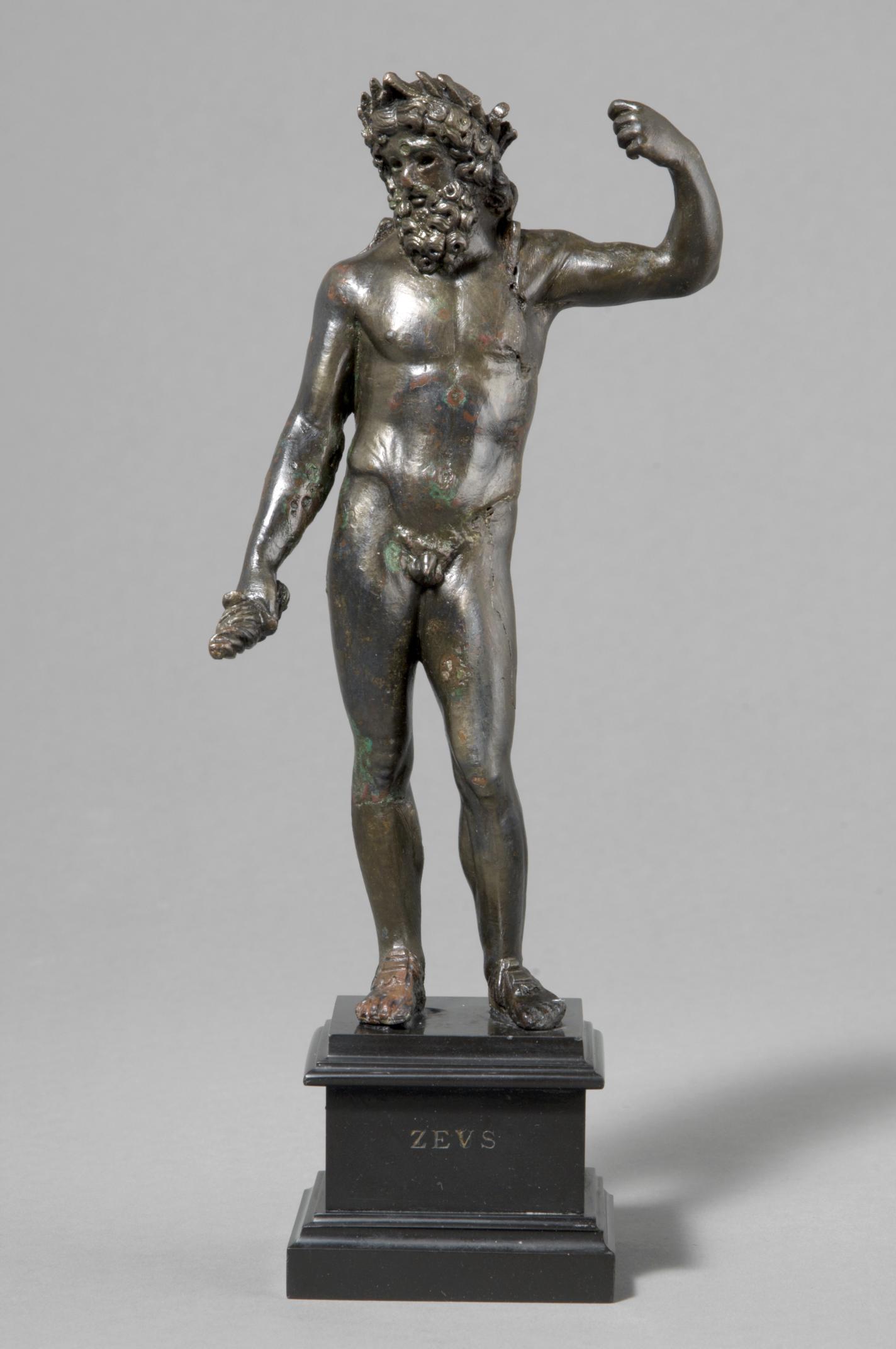
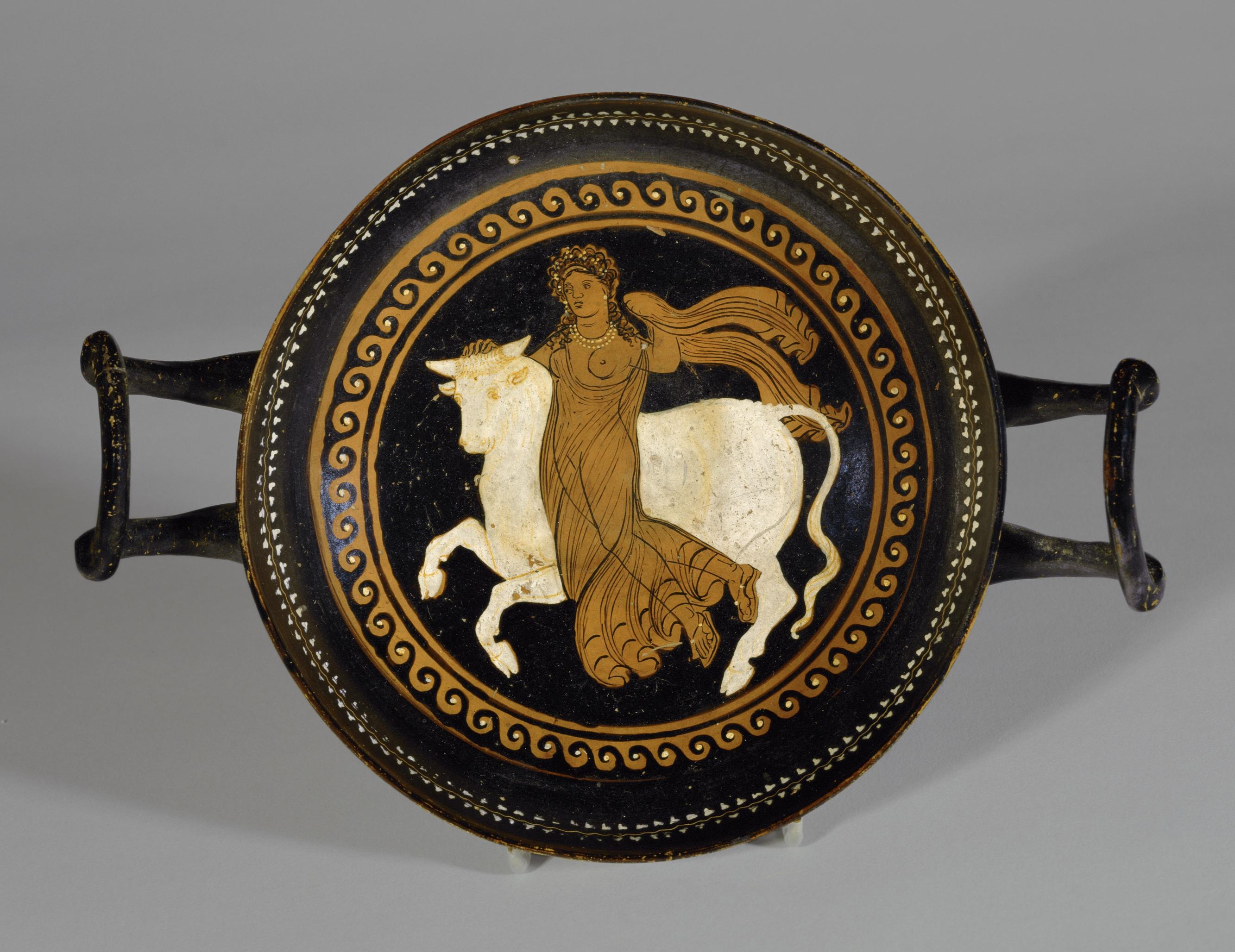
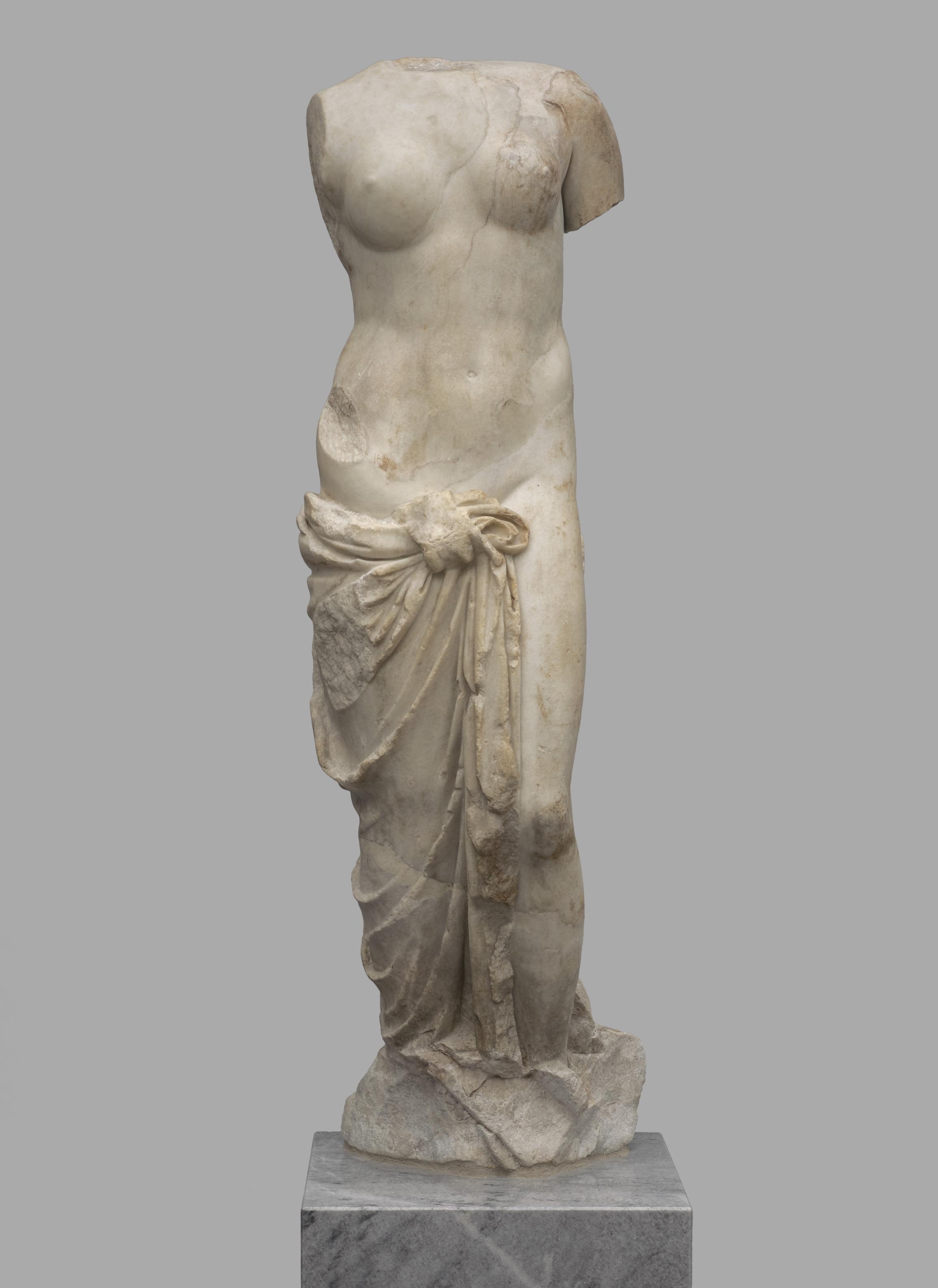
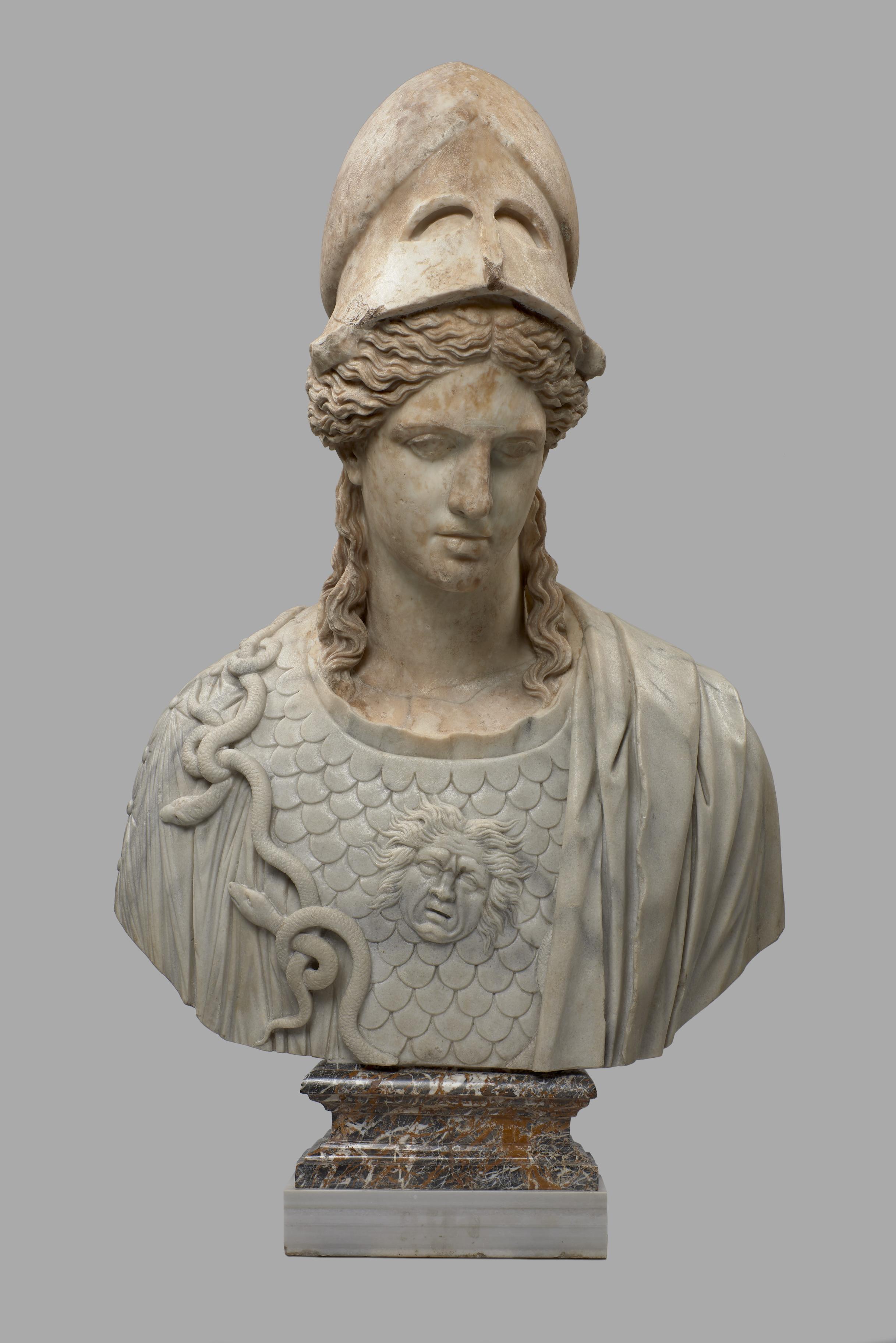

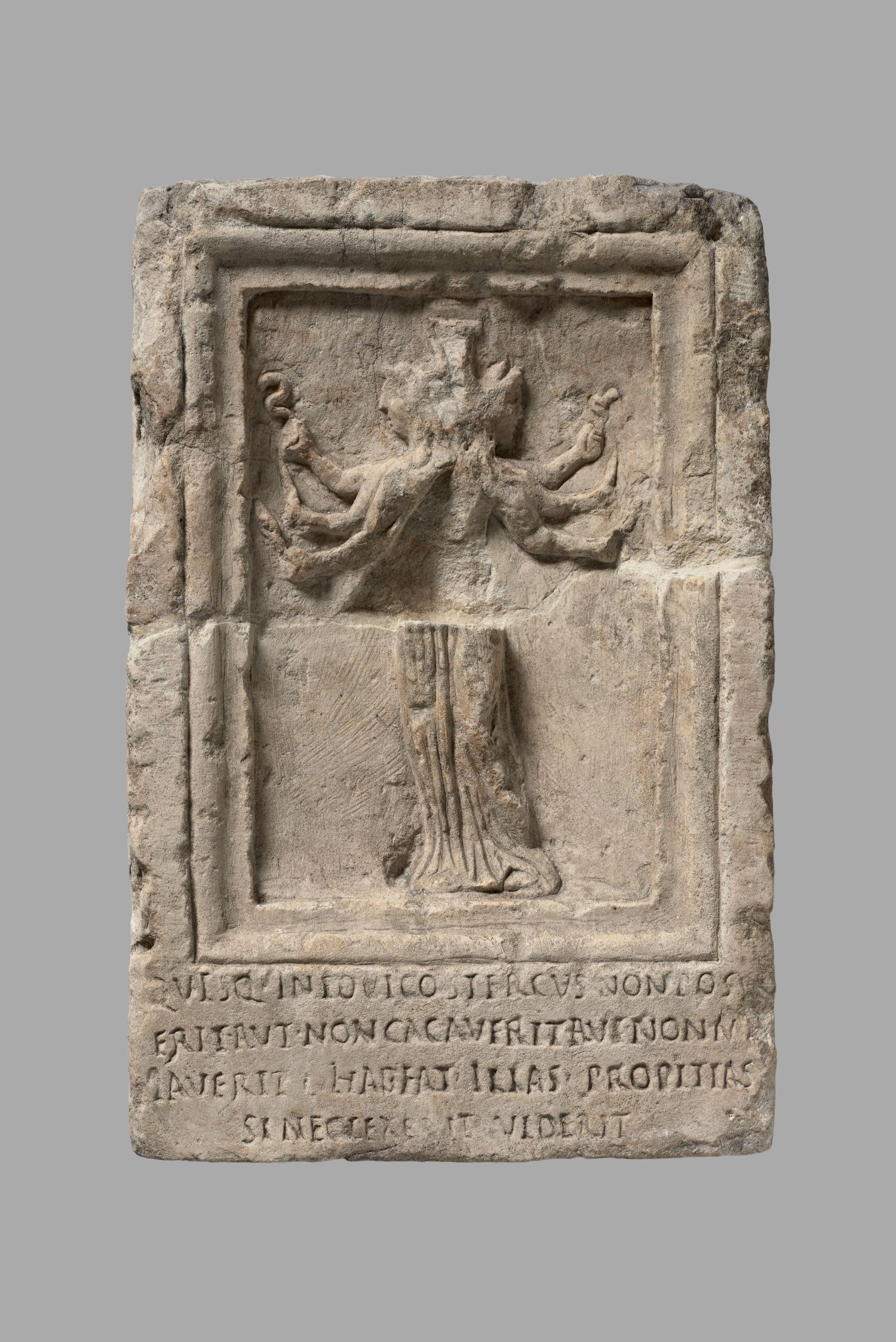
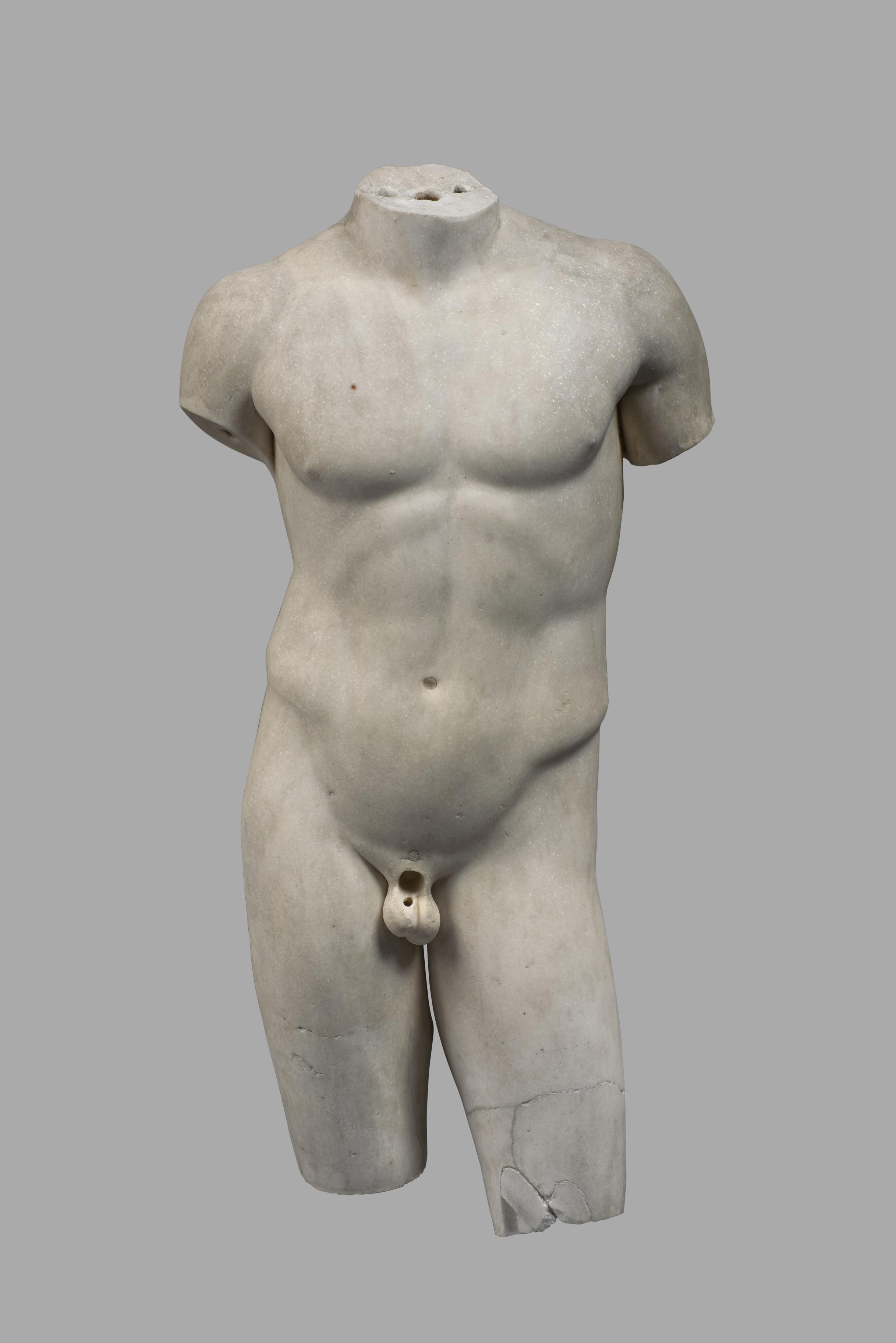
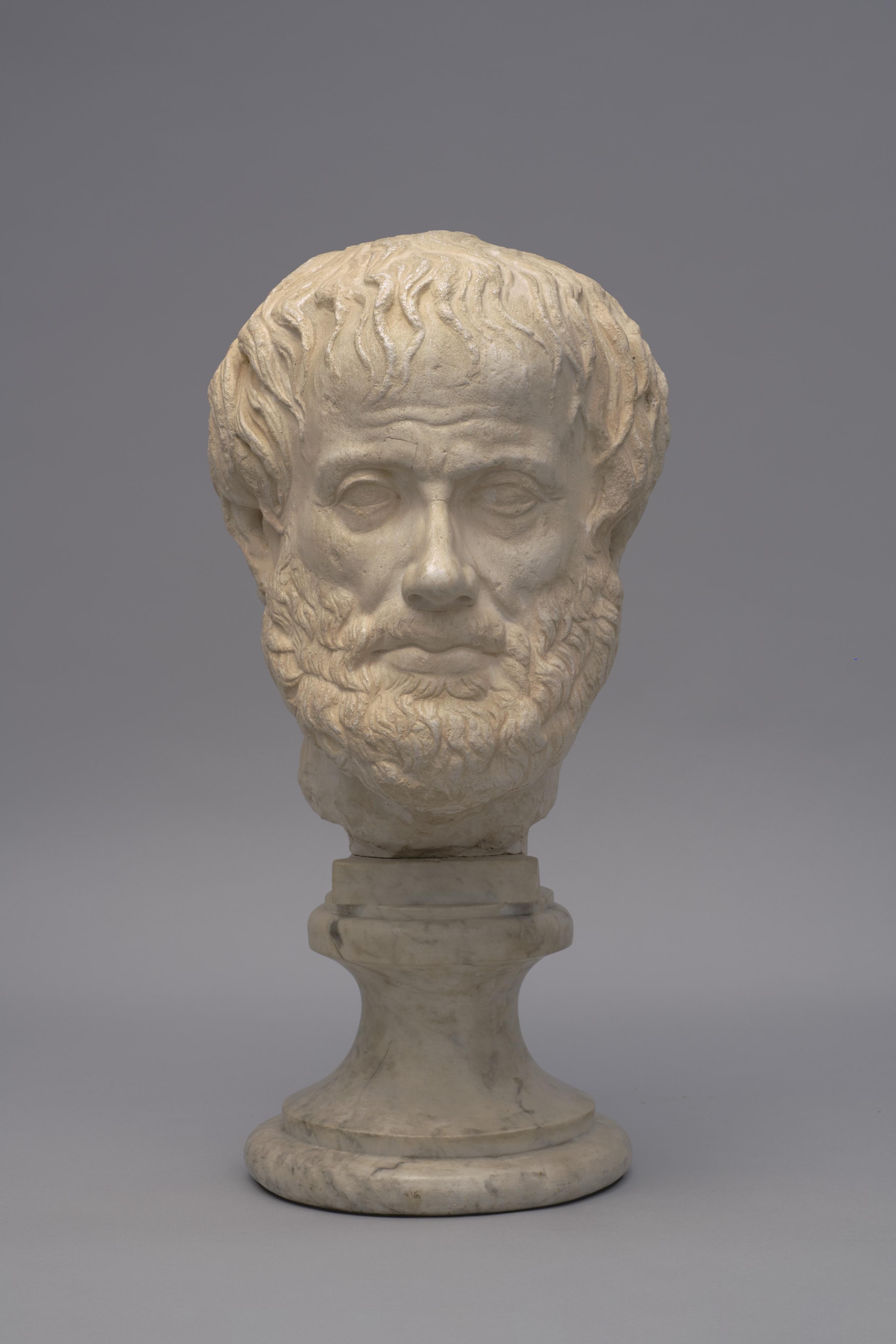
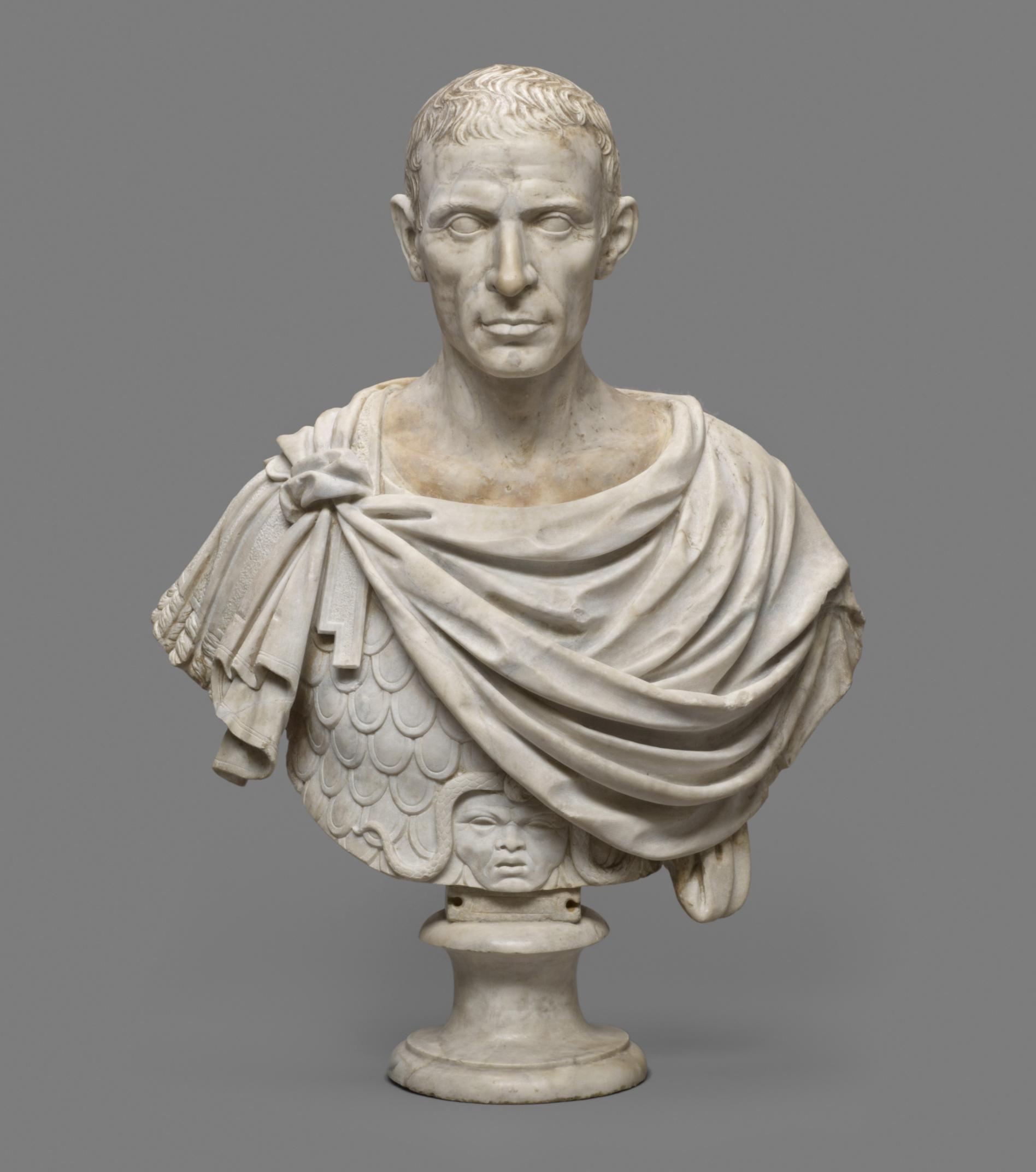
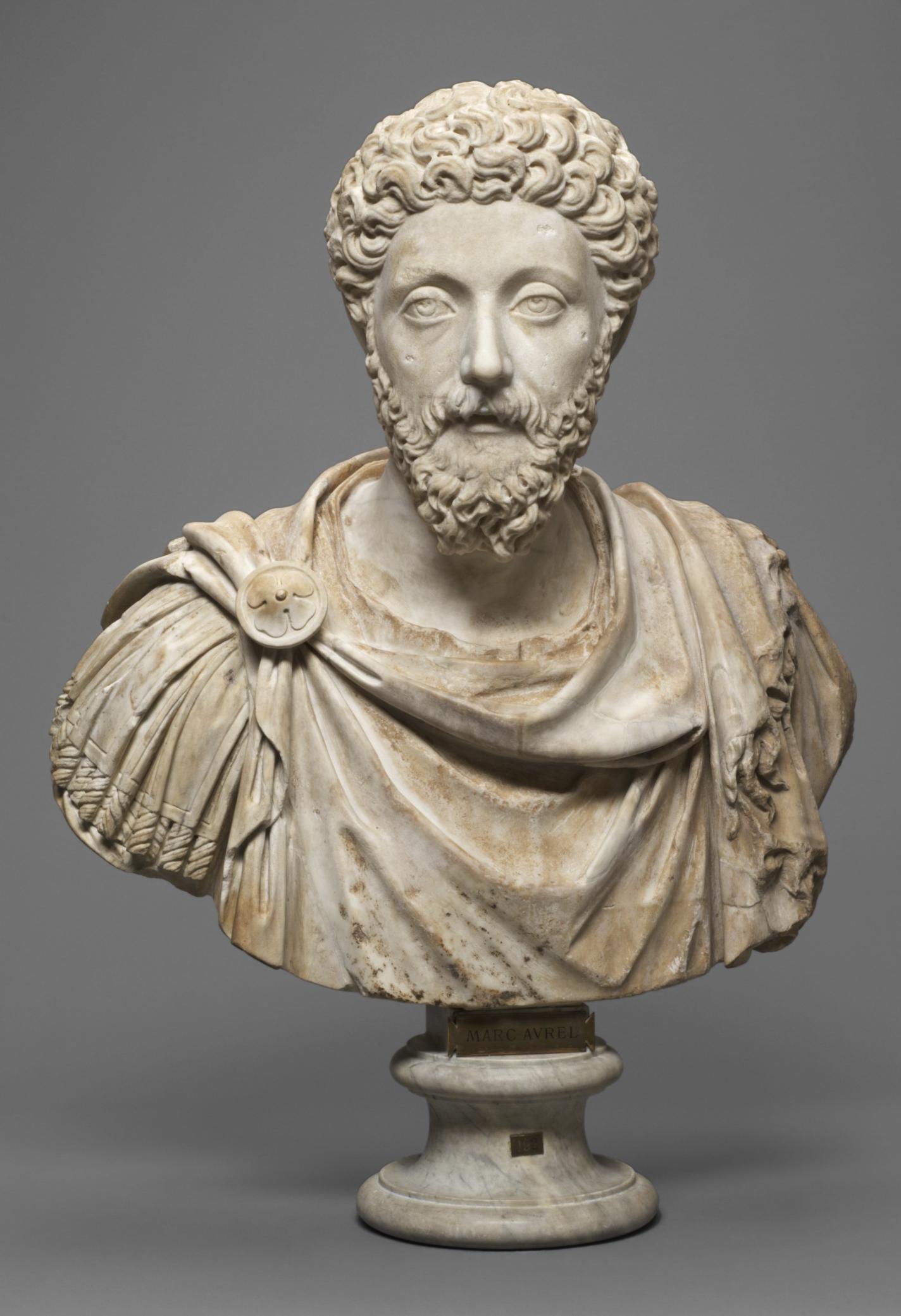
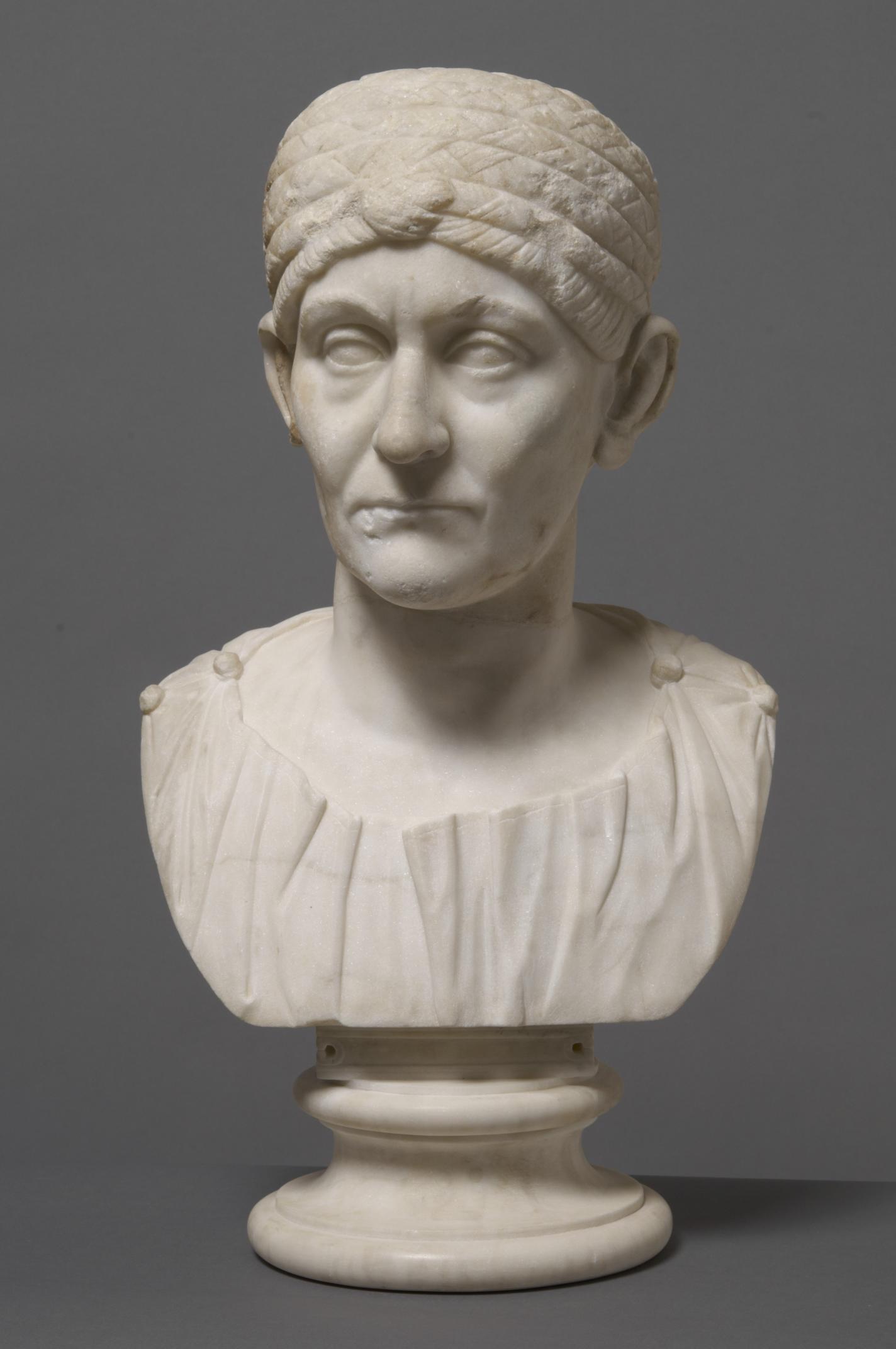
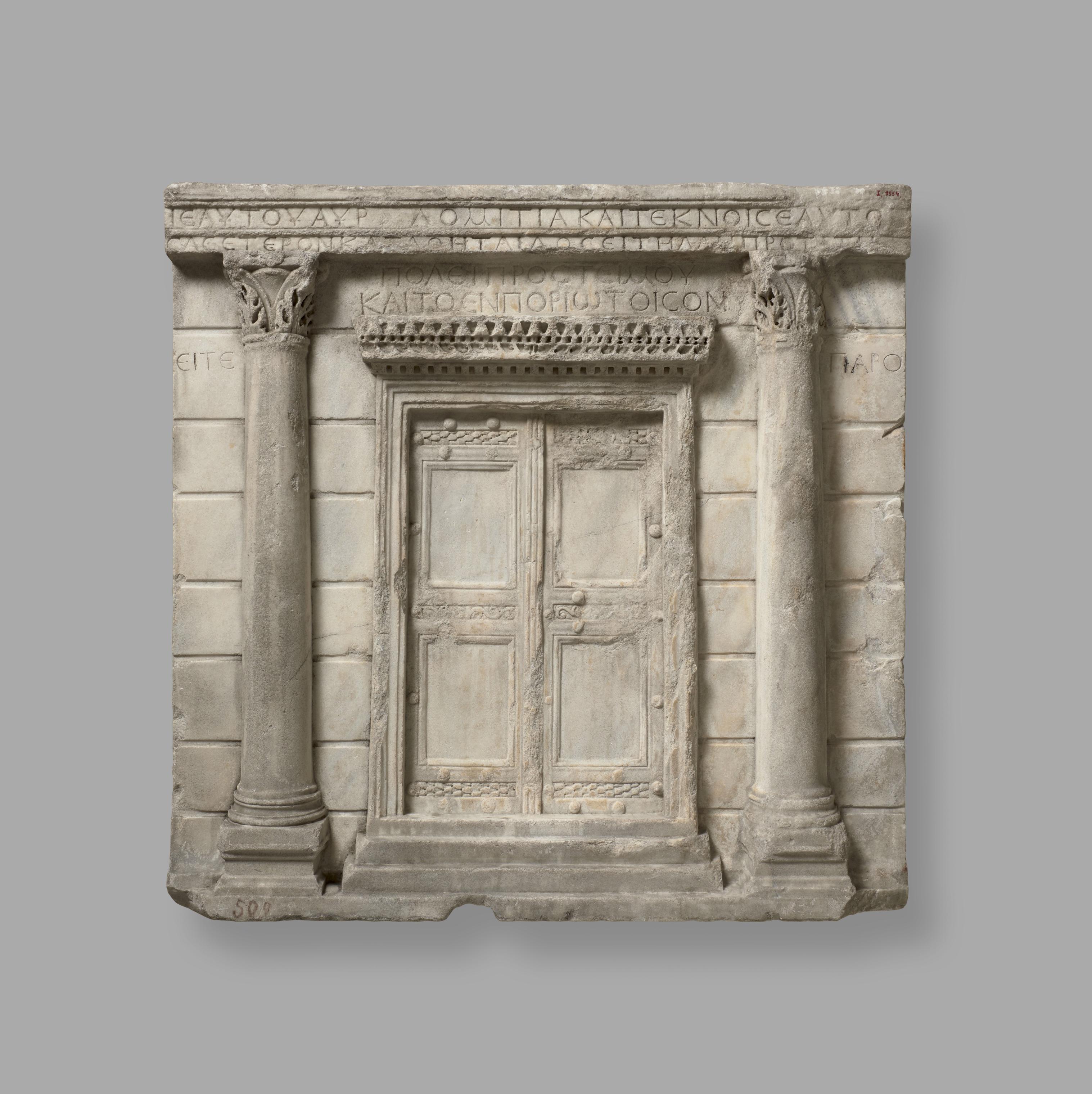
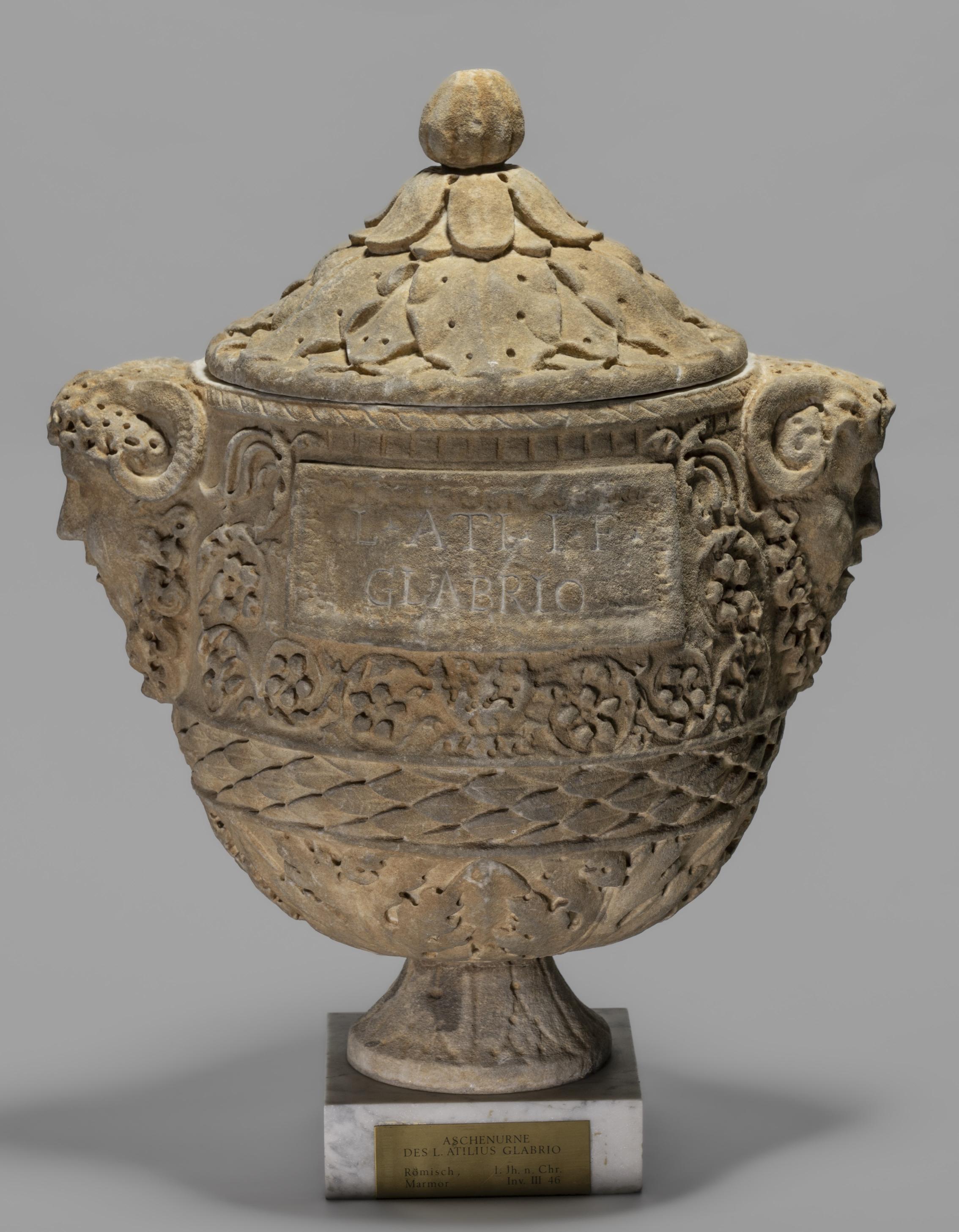
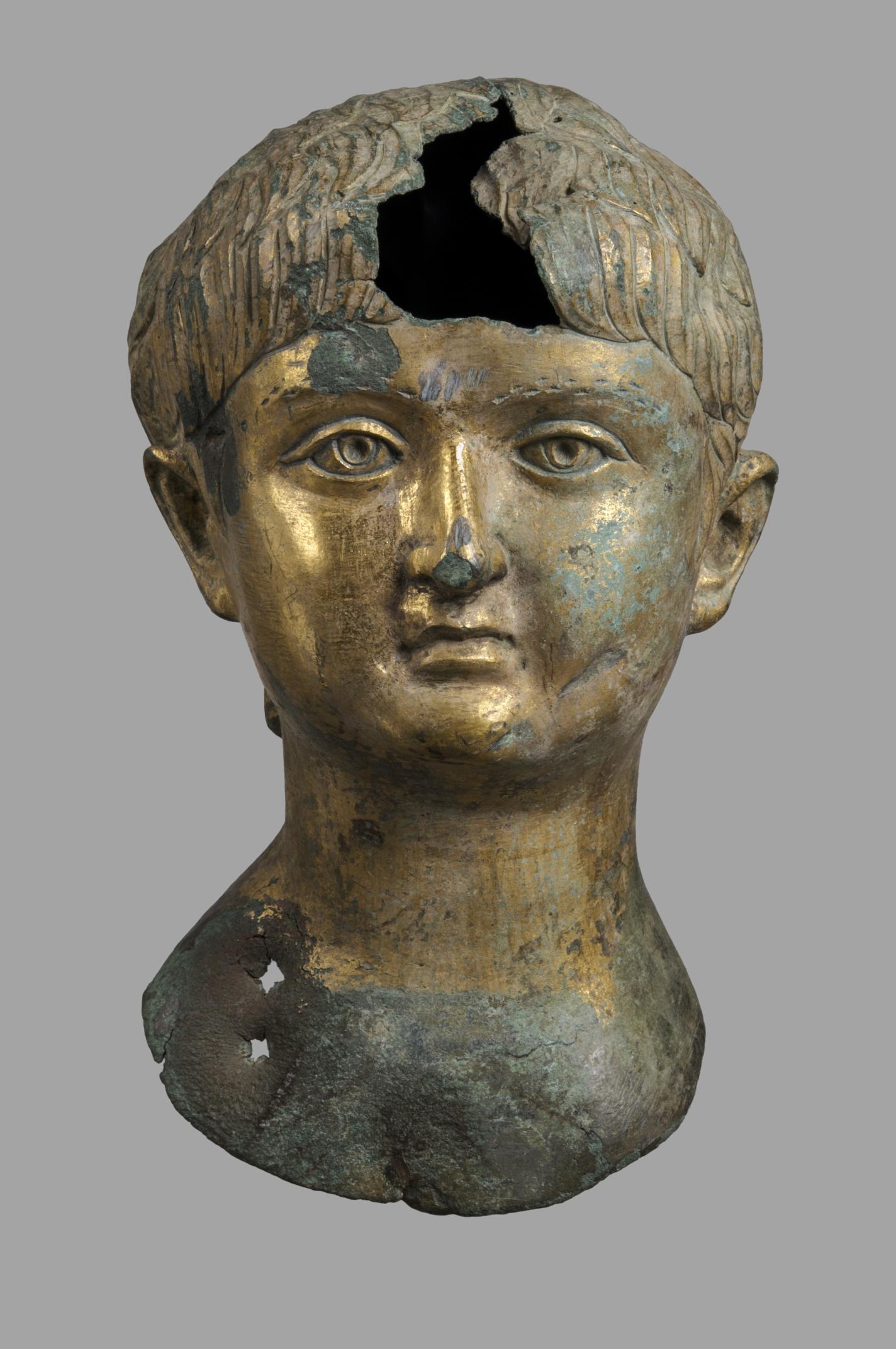
![[촉각전시물] 가이우스 율리우스 카이사르의 초상 대표이미지](https://cdn.museum.go.kr/attach_files/THUMB_H_20240731152638495_002.jpg)
![[촉각전시물] 멧돼지 머리 모양의 술잔 대표이미지](https://cdn.museum.go.kr/attach_files/THUMB_H_20240731152610342_002.jpg)